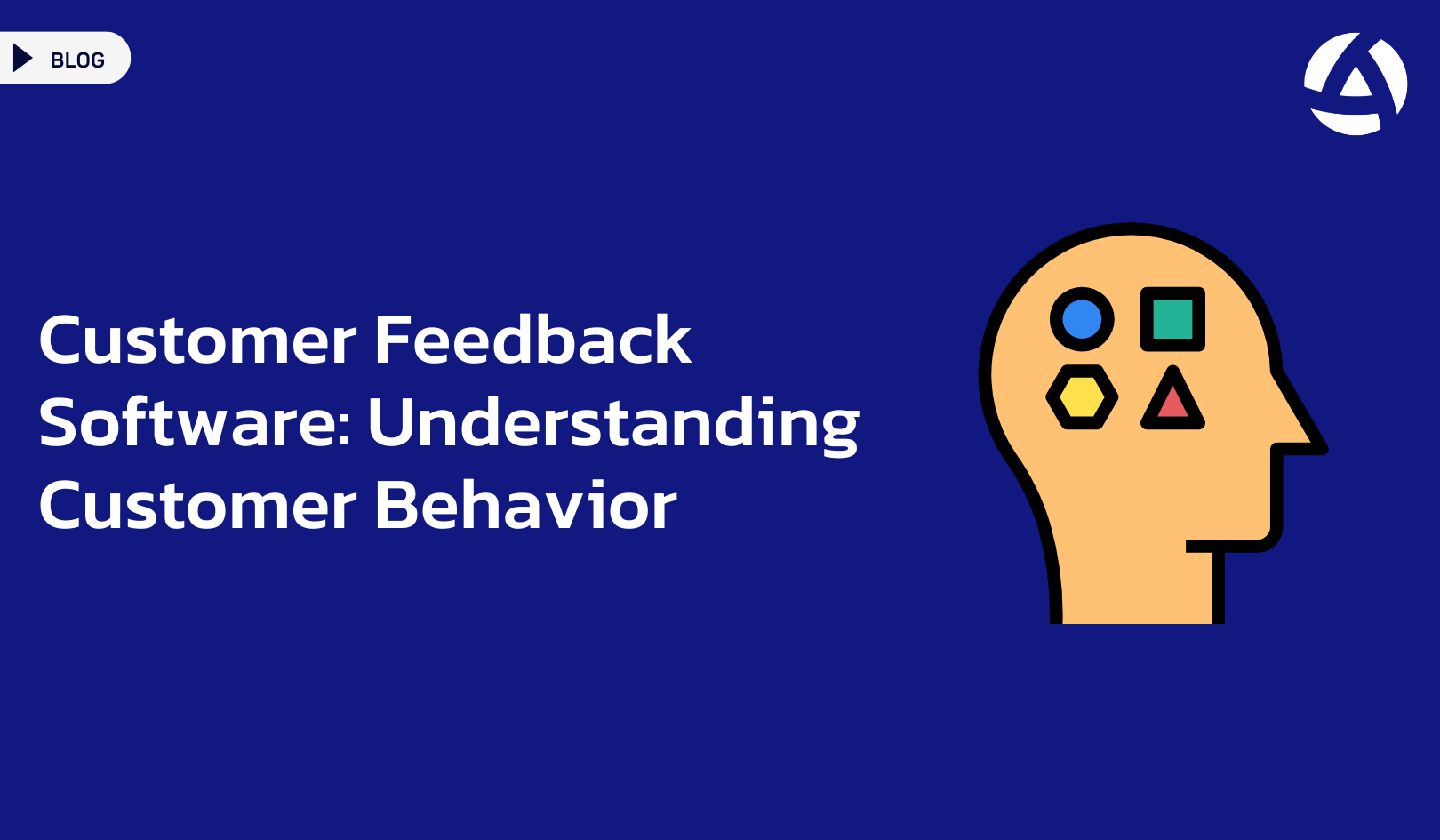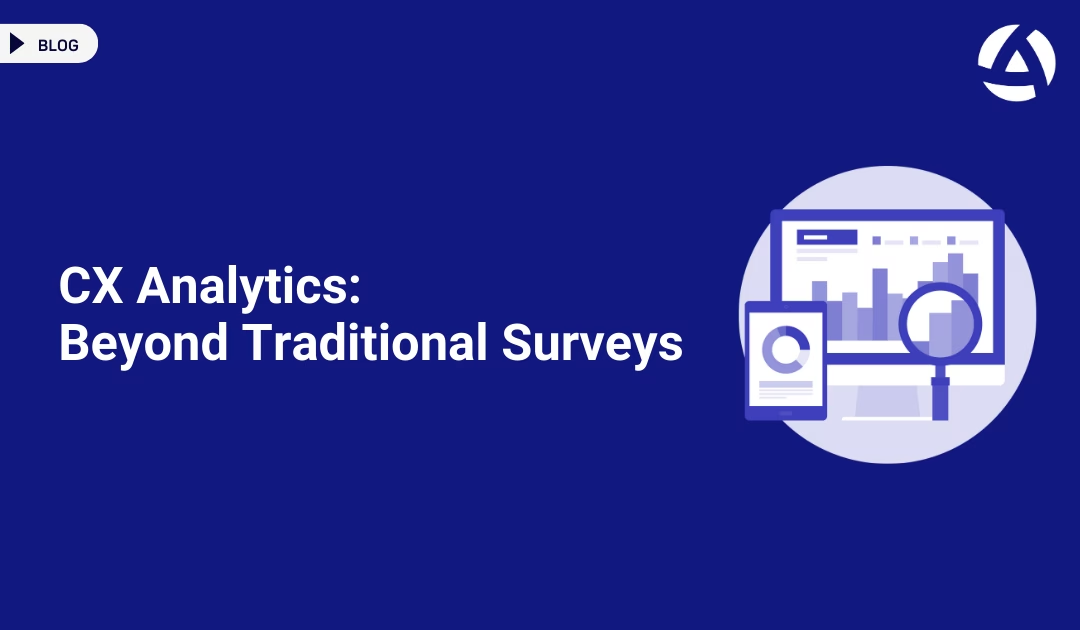Understanding customer behavior is at the heart of every successful business strategy. Customer feedback software provides valuable insights into the preferences, needs, and expectations of your audience. By leveraging these insights, businesses can tailor their offerings, improve customer satisfaction, and drive growth.
The Role of Customer Feedback Software in Analyzing Behavior
Customer feedback software collects and analyzes data from various customer interactions. This data is then used to understand patterns and behaviors that might not be immediately visible. The software helps businesses make data-driven decisions that align with customer expectations and improve overall experience.
- Captures Real-Time Feedback: Customer feedback software enables companies to collect feedback in real time, allowing them to quickly identify trends and respond to customer needs.
- Identifies Pain Points: By analyzing feedback, businesses can pinpoint areas where customers are experiencing difficulties, enabling them to make targeted improvements.
- Tracks Customer Sentiment: Understanding how customers feel about your brand or product can help guide marketing strategies and customer service efforts.
Benefits of Understanding Customer Behavior
Using customer feedback software to understand behavior offers several benefits:
- Enhanced Personalization: With insights from customer feedback, businesses can tailor their services and products to meet the specific needs and preferences of different customer segments.
- Improved Product Development: Understanding what customers like and dislike about a product can inform development, ensuring new features or products align with customer desires.
- Increased Customer Retention: By proactively addressing issues and continuously improving based on feedback, companies can increase customer loyalty and reduce churn.
How Customer Feedback Software Works
Customer feedback software typically works by collecting data from various touchpoints, such as surveys, social media, and direct customer interactions. Here’s how it facilitates a deeper understanding of customer behavior:
- Survey Distribution: Automated surveys can be sent to customers following a purchase or interaction, gathering valuable insights into their experience.
- Social Media Monitoring: The software can analyze customer sentiments expressed on social media platforms, providing a broader view of customer perceptions.
- Data Integration: Integrating feedback from multiple sources provides a comprehensive view of the customer journey, highlighting key areas for improvement.
Utilizing Customer Feedback for Behavioral Insights
To make the most of customer feedback software, businesses should focus on how to effectively interpret and act on the data collected. Here are some practical steps:
- Segment Your Audience: Divide your customers into segments based on behavior, demographics, or purchasing patterns to tailor your approach and improve relevance.
- Prioritize Issues: Not all feedback is equal; prioritize the issues that most significantly impact customer satisfaction and focus on resolving them first.
- Track Changes Over Time: Regularly monitor feedback to track how changes in your products or services affect customer satisfaction and behavior.
Best Practices for Leveraging Customer Feedback Software
To fully harness the power of customer feedback software in understanding behavior, consider these best practices:
- Encourage Open Feedback: Provide multiple channels for customers to share their thoughts and make it easy for them to do so.
- Analyze Trends, Not Just Individual Comments: Look for patterns and trends in the feedback to gain a more accurate picture of overall customer sentiment.
- Act on Feedback Promptly: Show customers that their feedback is valued by making prompt changes where necessary and communicating those changes effectively.
One way to enhance customer engagement while gathering valuable feedback is by integrating interactive content into your app experience. Platforms that offer in-app stories and gamified elements can help businesses capture customer sentiment in a more engaging way, ultimately improving retention and satisfaction.
Conclusion
Customer feedback softwares are essential tools for understanding customer behavior. By capturing, analyzing, and acting on feedback, businesses can create more personalized experiences, improve products and services, and build stronger relationships with their customers. Understanding what drives customer behavior allows companies to anticipate needs and stay ahead in a competitive market, fostering long-term success.




